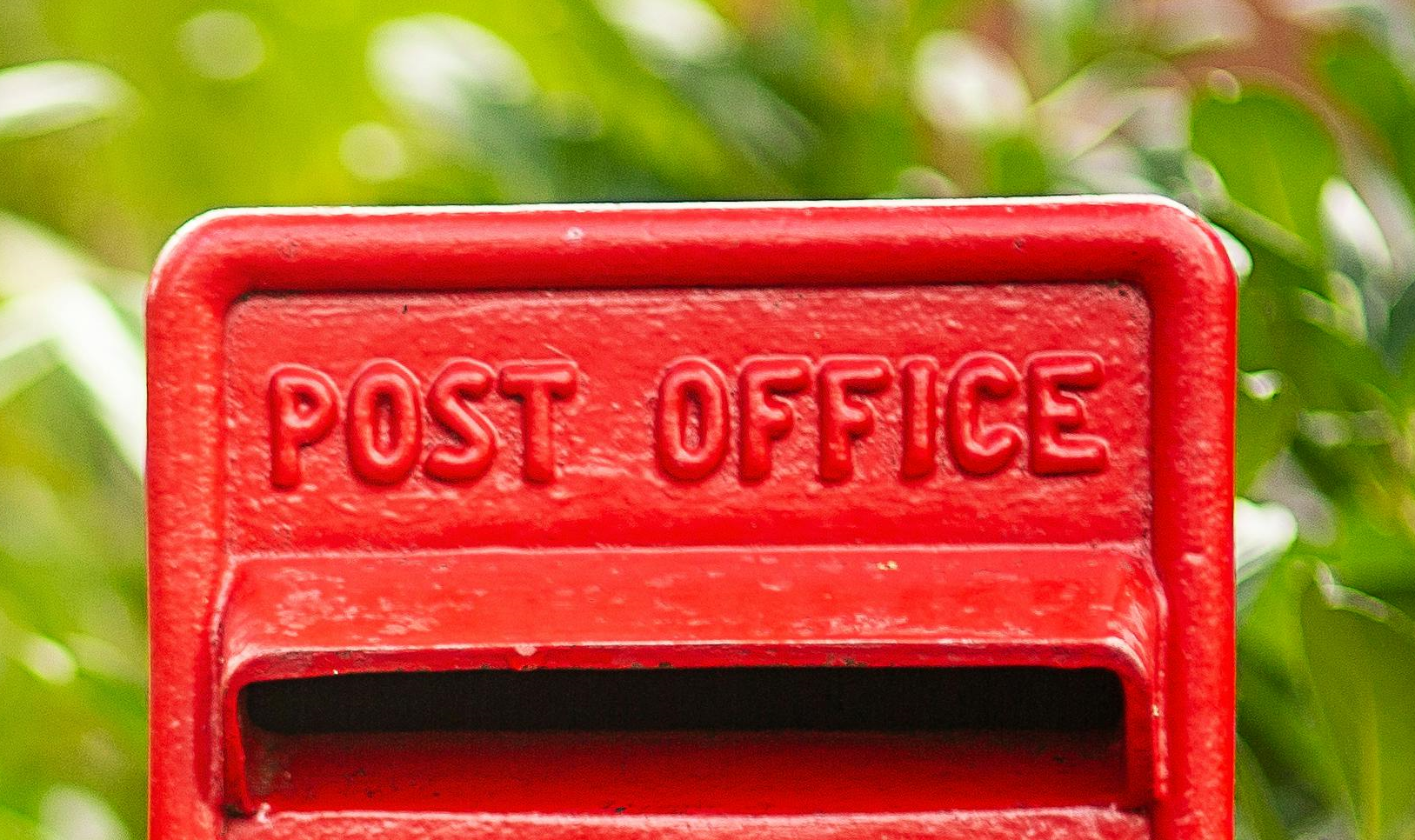Director general Kevin Cunnington gives speech detailing how the organisation has ‘changed the way we work with departments’
In the months that preceded and followed the formation of the Government Digital Service, the organisation and its figureheads gained a reputation as something of a punky, in-yer-face presence in both the corridors of Whitehall and the boardrooms of the wider IT sector.
Following the election of the coalition government in 2010, Cabinet Office minister Francis Maude led a drive to embrace digitisation, cut technology spending, and break the perceived oligopoly of the government’s major IT suppliers. So jarring was the new way of doing things that, in 2012, the then UK and Ireland boss of HP told this reporter that initial spending talks with Maude and his team had felt like “a cudgel round our head” for his firm and peers such as Microsoft and Fujitsu.
In late 2011, Maude officially opened GDS as a dedicated unit of the Cabinet Office. The launch came in light of the introduction of spend controls that allowed the centre of government to monitor and manage departmental spending on technology and digital services. Around the same time, the launch of the first iteration of the G-Cloud framework provided a way for government to work with SMEs and procure in a more agile way.
With GDS given the reins of the spend controls – and, consequently, a remit to clamp down on wasteful spending and break up commercial engagements that might have become a little too comfortable – the impression that many onlookers had was that of a brash start-up acting as a disruptive influence on the staid world of Whitehall, and a cabal of superannuated suppliers grown complacent.
We are trying to democratise digital so departments can do it for themselves, and are not dependent on GDS
In recent years, that sense of disruption has dissipated, to be replaced by a somewhat more conciliatory vibe. This was exemplified by the recent changes to the spend controls, which now enable departments to, effectively, self-certify much of their “business-as-usual” spending.
But the desire to work with departments in a more cooperative way predates those policy amendments, says GDS director general Kevin Cunnington. And this softer approach has already brought hard benefits.
“A couple of years ago, I talked about streamlining the controls process, and the way we understand what good looks like,” he says. “Through the spend controls, we have saved £1.2bn [in total], and we did £450m of that in the last year alone.
“If you play nicely with people and work collaboratively, good things happen.”
Cunnington, whose comments were made while addressing attendees at the recent Public Sector Show in London, began his presentation by discussing the achievements of which GDS is most proud.
2011
Year in which GDS was formally opened by then Cabinet Office minister Francis Maude
£450m
Amount of money saved via spending controls in the last year – more than a third of the £1.2bn total since 2010
33%
Percentage of GDS employees who are black, Asian, or minority ethnic – up from 19% a couple of years ago
10,000
Number of students trained via the GDS Academy
Border Force boats
Latest government workplaces where GovWifi connections have been rolled out
“The esteemed body of the United Nations considers us to be the number-one e-government in the world,” he says. “We have also been [named] as the world leader in publishing open data for the last two years. That is like winning two world cups at once! We are very proud.”
The organisation also takes pride in the steps it has taken to become “a great place to work”, Cunnington says.
“We are one of the best employers for race in the UK, and are the only government department to mandate a BAME representative on every interview panel. We have gone from 19% to 33% BAME,” he adds.
“I also said that we would have a gender-balanced management team – and we just need one more man and we are there! We currently have five women and four men. Forty two per cent of colleagues in GDS identify as women.”
Challenges and opportunities
The GDS chief went on to talk about the challenges and opportunities currently faced by his organisation – with Brexit dominating this discussion. To help departments manage the process of leaving the European Union and create the tools and services needed for a post-Brexit government, GDS recently created a dedicated EU Exit team, with former chief operating officer Alison Pritchard at its head.
GDS is also helping make sure other departments and agencies have the technology and digital experts they need.
“We have been doing central recruitment of certain jobs where it is challenging to find people, like technical architects and java engineers,” Cunnington says. “People want to work with GDS, and want to work in government digital, and we have been successful in recruiting people where departments might have struggled. We are also putting [our own] people on the ground – if you’re a department who is struggling, give us a shout, and we can give you some of our guys for a bit.”
The organisation is also maintaining GOV.UK as “the definitive source of information” on Brexit, he adds.
Cunnington picks out “maintaining the pace” of transformation as the other big challenge facing GDS. He points to the rapid growth in the use of tools and services such as Verify and GovWifi – which now even offers connectivity to the boats of the UK Border Force, according to the GDS leader.
“The perception is that Verify is going slowly, but in the last six months we have trebled the number of people using it,” he says.
The third strand of Cunnington’s speech detailed the how GDS has “changed how we work with departments” – at the heart of which is the aforementioned commitment to “playing nicely”.
“We are trying to democratise digital so [departments] can do it for themselves, and are not dependent on GDS,” he adds.
People want to work with GDS, and want to work in government digital, and we have been successful in recruiting people where departments might have struggled. We are also putting our own people on the ground – if you’re a department who is struggling, give us a shout.
GDS has also launched three internships for university students in Manchester, Leeds, and Newcastle, he says, as well as training 10,000 civil servants and others through the GDS Academy.
The fourth, and penultimate, focus of Cunnington’s address examined how GDS has “set up to deliver transformation, collaboration, and innovation”.
“Transformation is about transforming the whole service,” he says. “That is much harder to do than it sounds. We have to grapple with legacy.”
To help foster the requisite collaboration needed for this transformation, “over the last three to four years, we have created a community of people that understand this bit”, Cunnington adds.
The innovation, meanwhile, is coming from initiatives such as the £20m GovTech Fund to help solve public-sector challenges, and the creation of a map – to be published later this year – of all innovative projects taking place across the civil service. This database contains details of initiatives using emerging technology such as artificial intelligence, drones, and machine learning.
The final portion of the GDS chief’s talk aimed to offer delegates “a glimpse of the future” as GDS sees it. To help better prepare for this future, the organisation is asking its analysts to “look two years out, for things [government] will need to be able to do in two years’ time”, Cunnington says.

The four-pronged mission statement of GDS is, he adds, to “show what good looks like, solve the hardest problems, help government transformation, and reflect the society we serve”.
And ‘help’ is the watchword, according to Cunnington (pictured left), who offers further evidence for GDS’s new-found commitment to work with the rest of government in a more companionable way than it may have done in the past.
“We really agonised about how to describe that,” he says. “We thought about ‘advise’, but we went with ‘help’. Because departments have had enough advice from the centre over the years; what they really want is help.”



